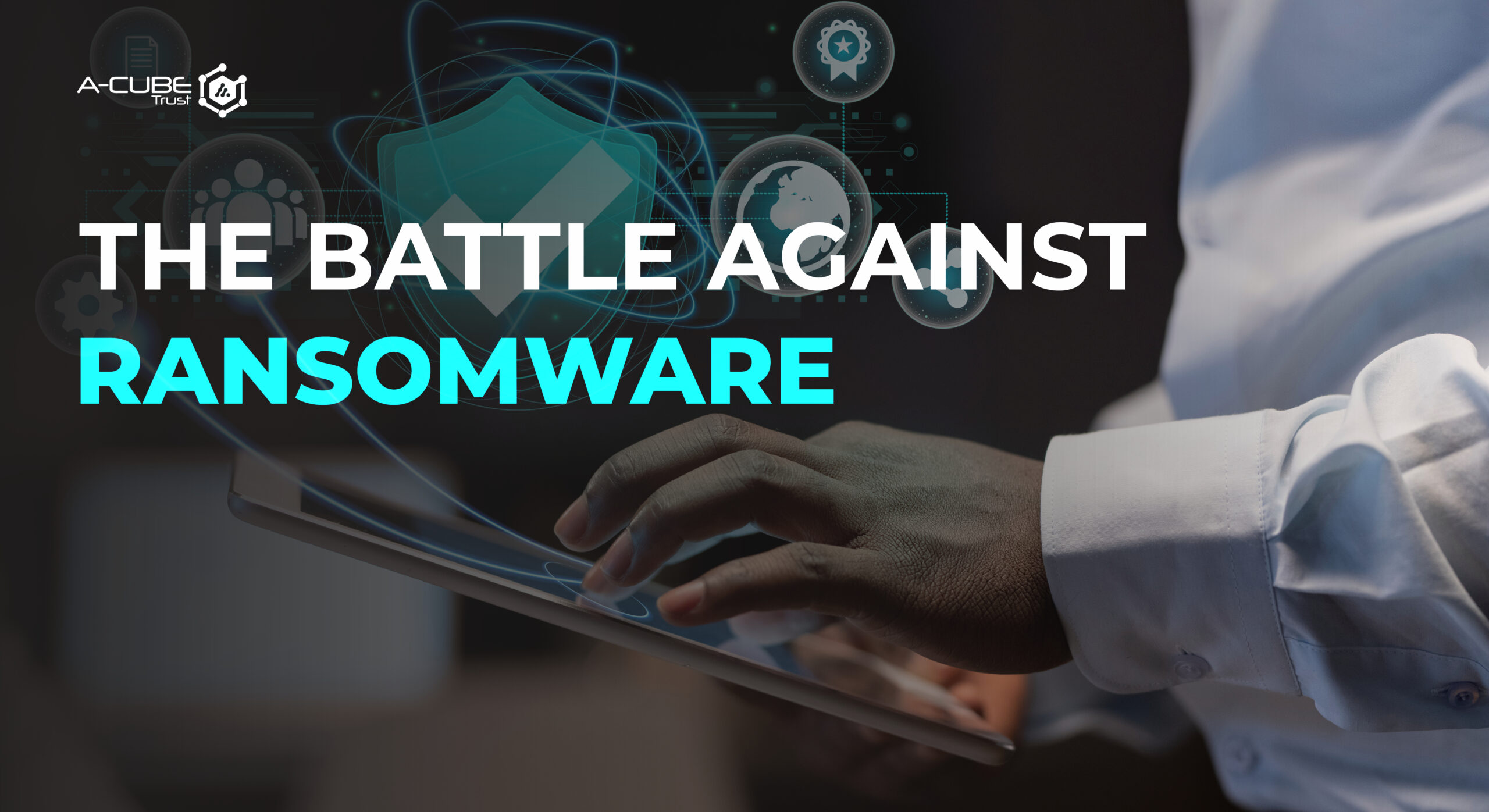Battle Against Ransomware
Strategies to protect your data
Strategies to Protect Your Data: Safeguarding Your Digital Assets
In an increasingly interconnected and data-driven world, the protection of personal and sensitive information has never been more critical. From financial records to personal communications, our data is the lifeblood of the digital age. However, it is constantly under threat from various forms of cyberattacks and data breaches. To ensure the safety and integrity of your digital assets, it is essential to employ effective strategies to protect your data. Here are some crucial tactics:
- Data Encryption: Encrypting your data is like placing it in a secure vault. Encryption converts your information into unreadable code that can only be deciphered with the appropriate encryption key. Whether you’re sending sensitive emails, storing files in the cloud, or protecting your smartphone, encryption is a fundamental layer of defense.
- Regular Backups: Backing up your data is like creating a safety net. Regularly copy your files to an external device or a cloud-based service. In case of data loss due to hardware failure, theft, or ransomware attacks, you can easily recover your essential information from these backups.
- Strong Passwords and Two-Factor Authentication (2FA): The first line of defense is your password. Create strong, unique passwords for each account, using a combination of letters, numbers, and symbols. Additionally, enable 2FA where available. This adds an extra layer of security by requiring a second form of verification, such as a one-time code sent to your mobile device.
- Firewalls and Antivirus Software: Install and regularly update firewall and antivirus software on your devices. These tools help identify and block malicious software and prevent unauthorized access to your system.
- Regular Software Updates: Operating systems and software are regularly patched to fix security vulnerabilities. Make sure your devices are running the latest updates to protect against known exploits.
- Secure Wi-Fi Networks: Secure your home and office Wi-Fi networks with strong, unique passwords. Enable WPA3 encryption and change the default administrator credentials on your router. Also, be cautious when using public Wi-Fi networks, as they are often less secure.
- Educate Yourself: Knowledge is your most potent weapon. Stay informed about current cybersecurity threats and best practices. Learn to recognize phishing attempts, suspicious links, and potentially harmful email attachments.
- Limit Data Sharing: Be cautious about what you share online. Only provide personal information to trusted sources. Check the privacy settings on social media platforms to control who can see your data.
- Remote Device Management: If you have mobile devices for work or personal use, enable remote management features. In case your device is lost or stolen, you can lock or erase its data from a remote location.
- Secure Cloud Storage: If you use cloud storage services, ensure that they offer strong security features, such as end-to-end encryption. Additionally, be mindful of the permissions you grant to apps and services accessing your cloud-stored data.
- Employee Training (for Businesses): In a corporate setting, employee training is crucial. Educate your team about data security best practices, the risks of social engineering, and the importance of data protection within the organization.
- Incident Response Plan: Develop a clear and well-documented incident response plan. This plan outlines the steps to take in case of a data breach or cyberattack, allowing for a swift and effective response to mitigate damage.
In the digital age, data protection is a shared responsibility, encompassing individuals, organizations, and service providers. By implementing these strategies to safeguard your data, you not only protect your own information but also contribute to a safer online environment for everyone. Cyber threats will continue to evolve, but with proactive measures and continuous vigilance, you can reduce the risks and fortify your digital defenses.



